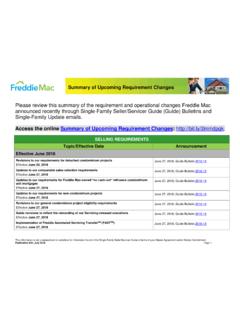Transcription of 7 STEPS TO EFFECTIVE DECISION MAKING - UMass D
1 Step 1: Identify the decisionYou realize that you need to make a DECISION . Try to clearly de ne the nature of the DECISION you must make. This rst step is very 2: Gather relevant informationCollect some pertinent information before you make your DECISION : what information is needed, the best sources of information, and how to get it. This step involves both internal and external work. Some information is internal: you ll seek it through a process of self-assessment. Other information is external: you ll nd it online, in books, from other people, and from other sources.
2 Step 3: Identify the alternativesAs you collect information, you will probably identify several possible paths of action, or alternatives. You can also use your imagination and additional information to construct new alternatives. In this step, you will list all possible and desirable STEPS TO EFFECTIVE DECISION MAKINGD ecision MAKING is the process of MAKING choices by identifying a DECISION , gathering information, and assessing alternative resolutions. Using a step-by-step DECISION - MAKING process can help you make more deliberate, thoughtful decisions by organizing relevant information and de ning alternatives.
3 This approach increases the chances that you will choose the most satisfying alternative possible. Step 4: Weigh the evidenceDraw on your information and emotions to imagine what it would be like if you carried out each of the alternatives to the end. Evaluate whether the need identi ed in Step 1 would be met or resolved through the use of each alternative. As you go through this di cult internal process, you ll begin to favor certain alternatives: those that seem to have a higher potential for reaching your goal. Finally, place the alternatives in a priority order, based upon your own value 5: Choose among alternativesOnce you have weighed all the evidence, you are ready to select the alternative that seems to be the best one for you.
4 You may even choose a combination of alternatives. Your choice in Step 5 may very likely be the same or similar to the alternative you placed at the top of your list at the end of Step 6: Take actionYou re now ready to take some positive action by beginning to implement the alternative you chose in Step 7: Review your DECISION & its consequencesIn this nal step, consider the results of your DECISION and evaluate whether or not it has resolved the need you identi ed in Step 1. If the DECISION has not met the identi ed need, you may want to repeat certain STEPS of the process to make a new DECISION .
5 For example, you might want to gather more detailed or somewhat di erent information or explore additional THE DECISION GATHER INFORMATIONIDENTIFY ALTERNATIVESWEIGH THE EVIDENCECHOOSE AMONG ALTERNATIVESTAKE ACTIONREVIEW YOUR DECISION




